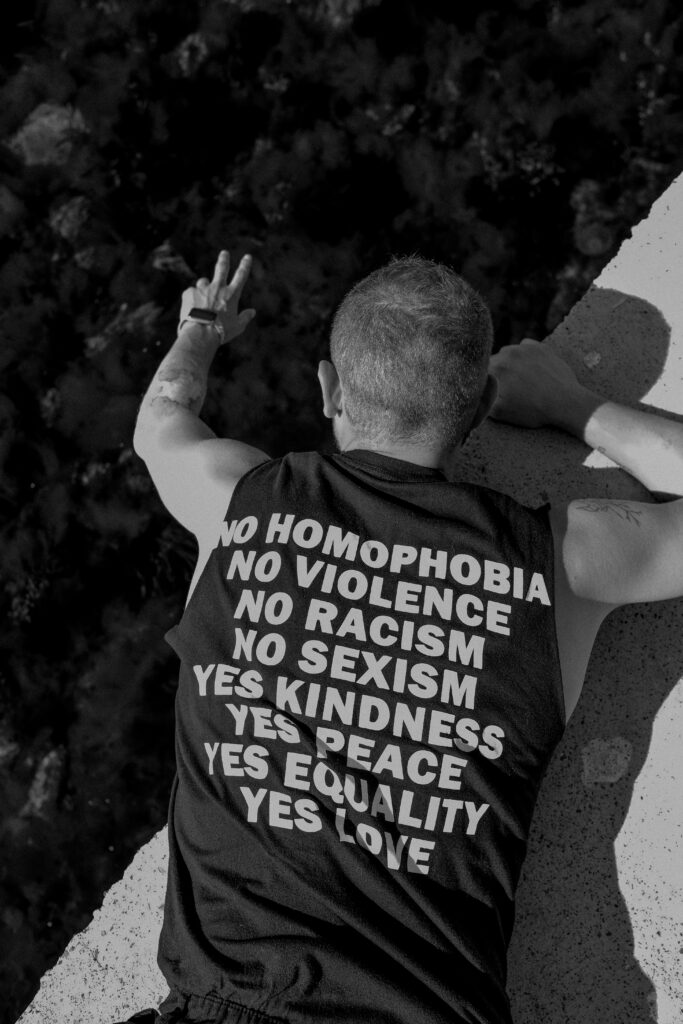
In recent years, the call for inclusive, just, and accountable governance has grown stronger. At the core of this demand is a key principle: human rights policymaking should guide public decisions. When policy is rooted in human rights, governments are better equipped to reduce inequality, support vulnerable groups, and build public trust.
What Is Human Rights-Based Policy Making?
Human rights policymaking means applying international human rights standards at every stage of the policy cycle—from planning and implementation to review. It ensures that policies not only meet development goals but also protect people’s dignity and freedoms.
Instead of viewing people as passive beneficiaries, this approach sees them as active rights-holders. Governments, in turn, are duty-bearers with a responsibility to uphold those rights.
📘 For a foundational framework, see the UN’s Human Rights-Based Approach to Development Cooperation.
Why Inclusivity Matters
Inclusive policymaking allows different groups—especially those who are often excluded—to shape decisions that affect their lives. This strengthens democracy and leads to better results in areas such as education, health, housing, and public safety.
Case Studies and Regional Examples on Human Rights Policymaking
1. Brazil’s Bolsa Família Program
Brazil’s Bolsa Família program linked cash support to school attendance and regular health checkups. As a result, extreme poverty dropped. The World Bank reported a 12% reduction in inequality during its peak years. This rights-based approach gave priority to low-income families, especially women.
2. Kenya and the Right to Health
Kenya’s 2010 Constitution guarantees the right to health. This led to policies like Free Maternity Services, which expanded access to care for rural communities. A 2018 UNDP study found that maternal deaths fell by 26% between 2013 and 2017 due to these reforms.
Government Accountability and Social Justice
A rights-based approach holds governments accountable to clear standards. These standards come from both national laws and international agreements. Tools like independent watchdogs, community participation, and open budgets help ensure transparency and justice.
3. South Korea’s Participatory Budgeting
In Seoul, citizens help decide how to spend 5% of the city’s budget. This process promotes democratic engagement and ensures that funds address real community needs—such as public health, disability inclusion, and clean air.
This approach also identifies unfair laws and replaces them. It treats access to services as a right, not a favor.
Steps Toward More Inclusive Policymaking
To operationalize this approach, governments and institutions can:
- Conduct human rights impact assessments for proposed policies and laws
- Facilitate meaningful participation of affected communities at every policy stage
- Ensure access to information and promote transparency
- Build institutional capacity for human rights education and enforcement
- Monitor and evaluate policies using rights-based indicators
🌐 Learn more about rights-based indicators from the Office of the High Commissioner for Human Rights (OHCHR)
Final Thoughts on Human Rights Policymaking
Human rights policymaking is more than a theory—it is a tool for building just, inclusive, and resilient societies. By embedding human rights into public policy, governments can promote fairness, reduce inequality, and earn citizens’ trust.
Whether you’re a policymaker, advocate, or engaged citizen, understanding this approach is crucial for shaping a world where dignity and justice are guaranteed for everyone.
You can Read Related Posts by Clicking on:
